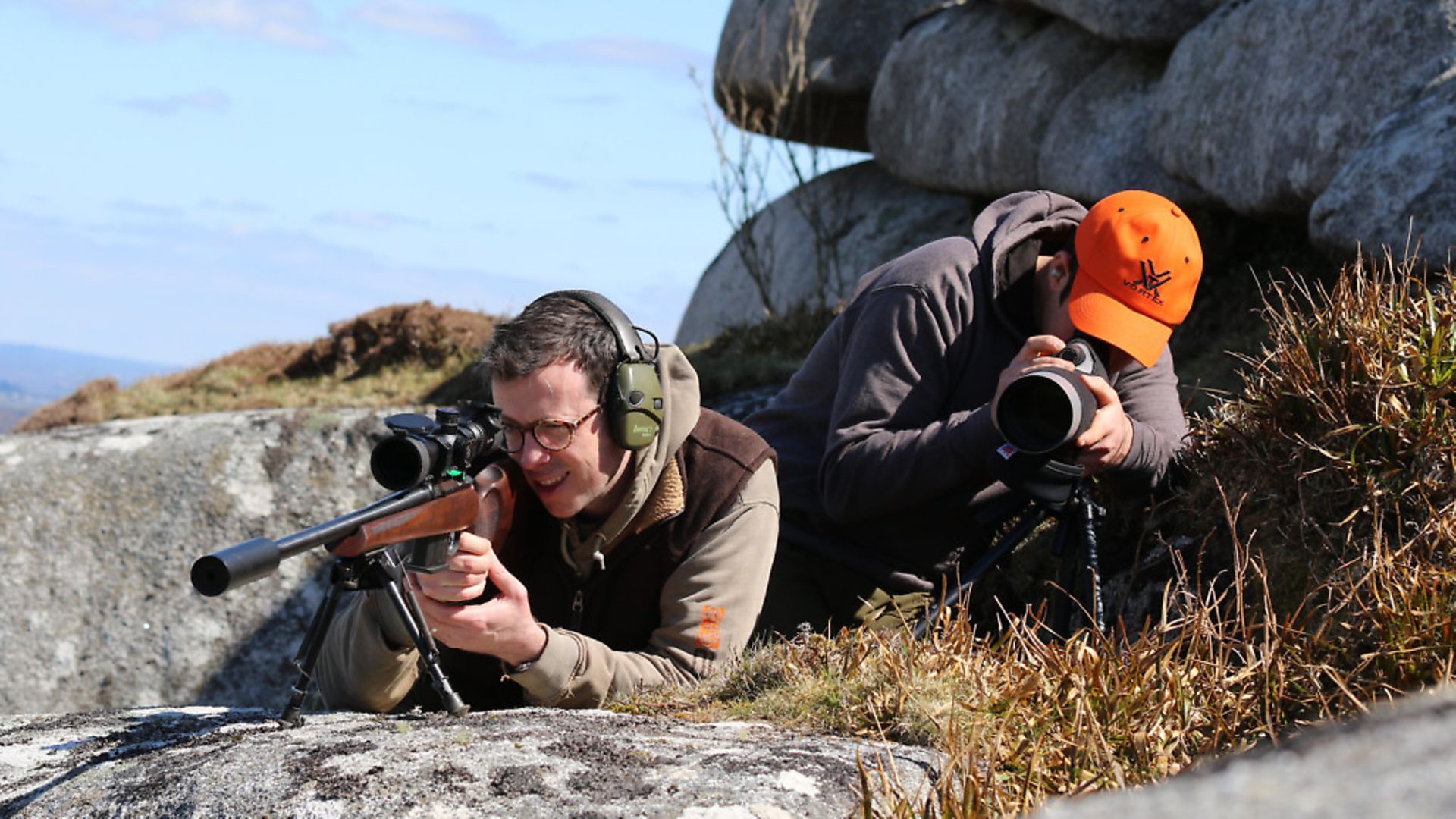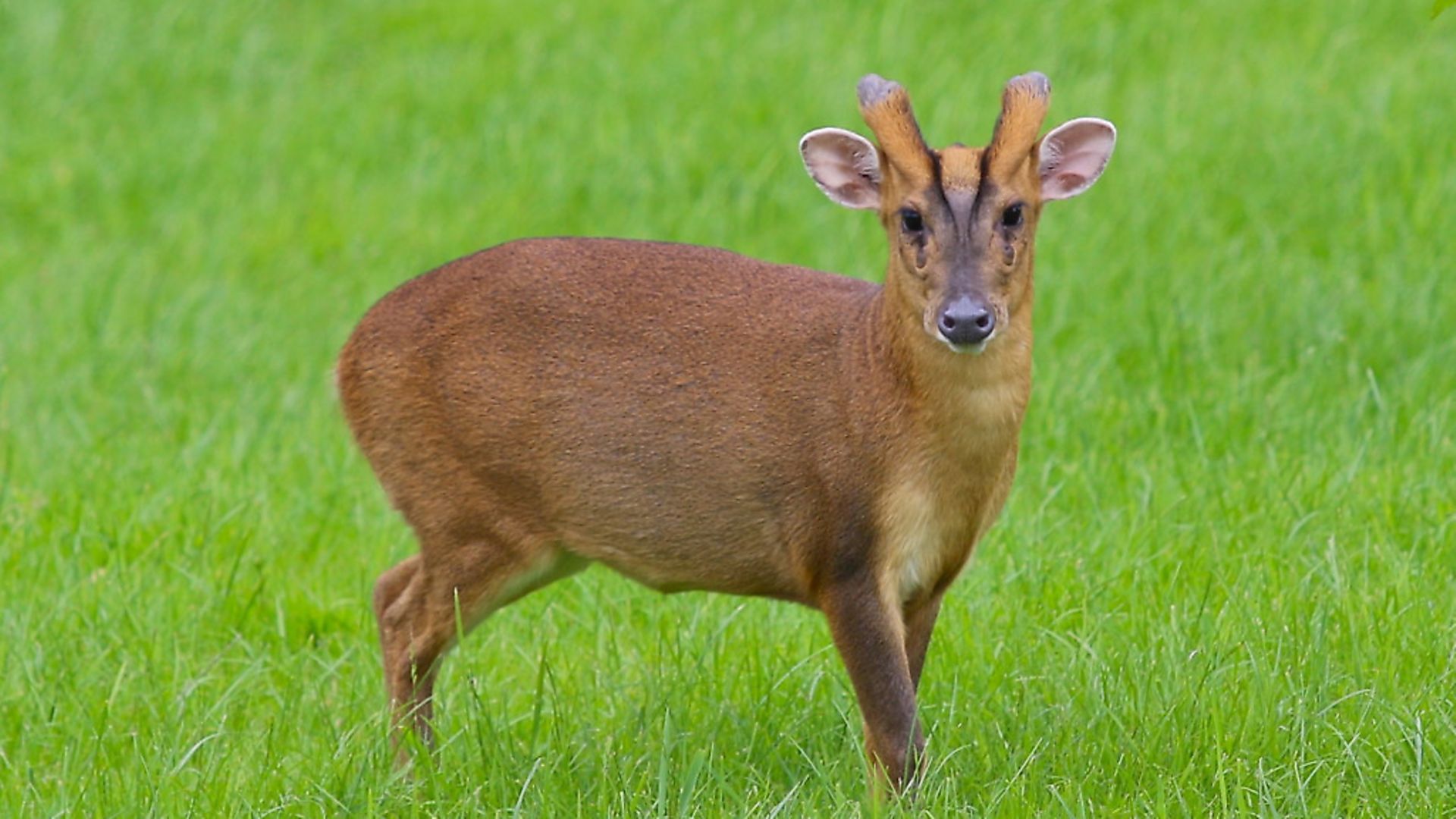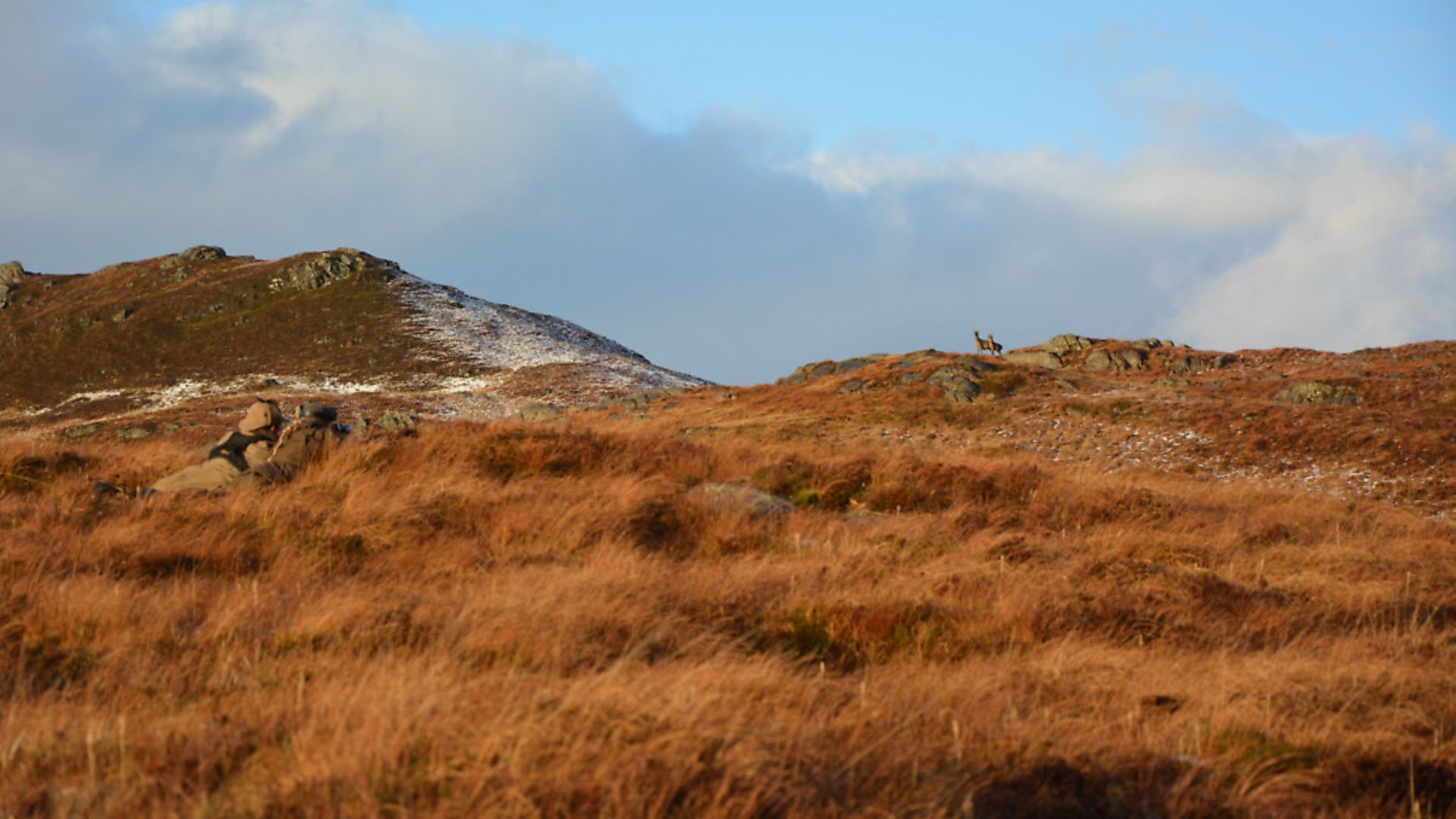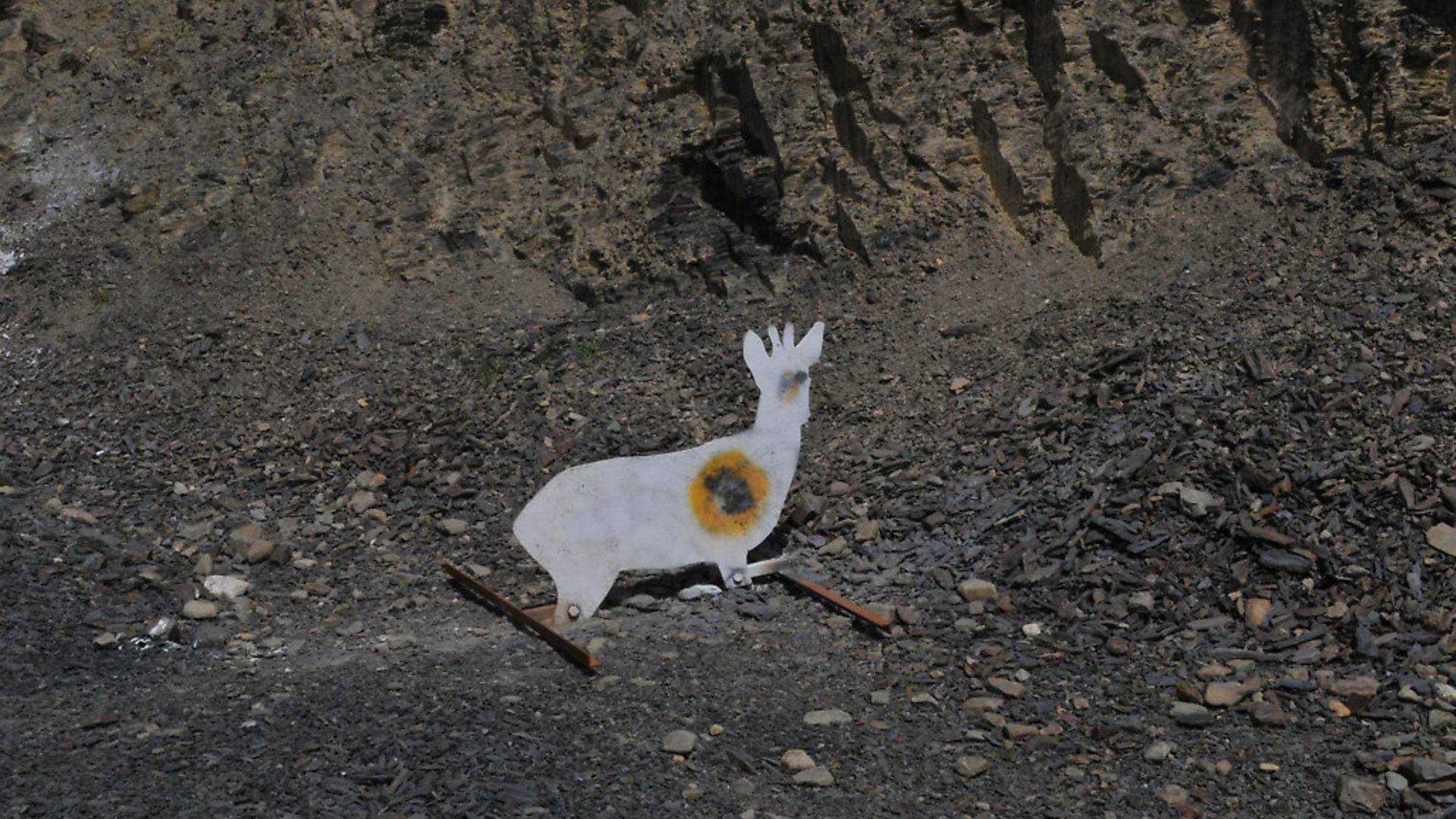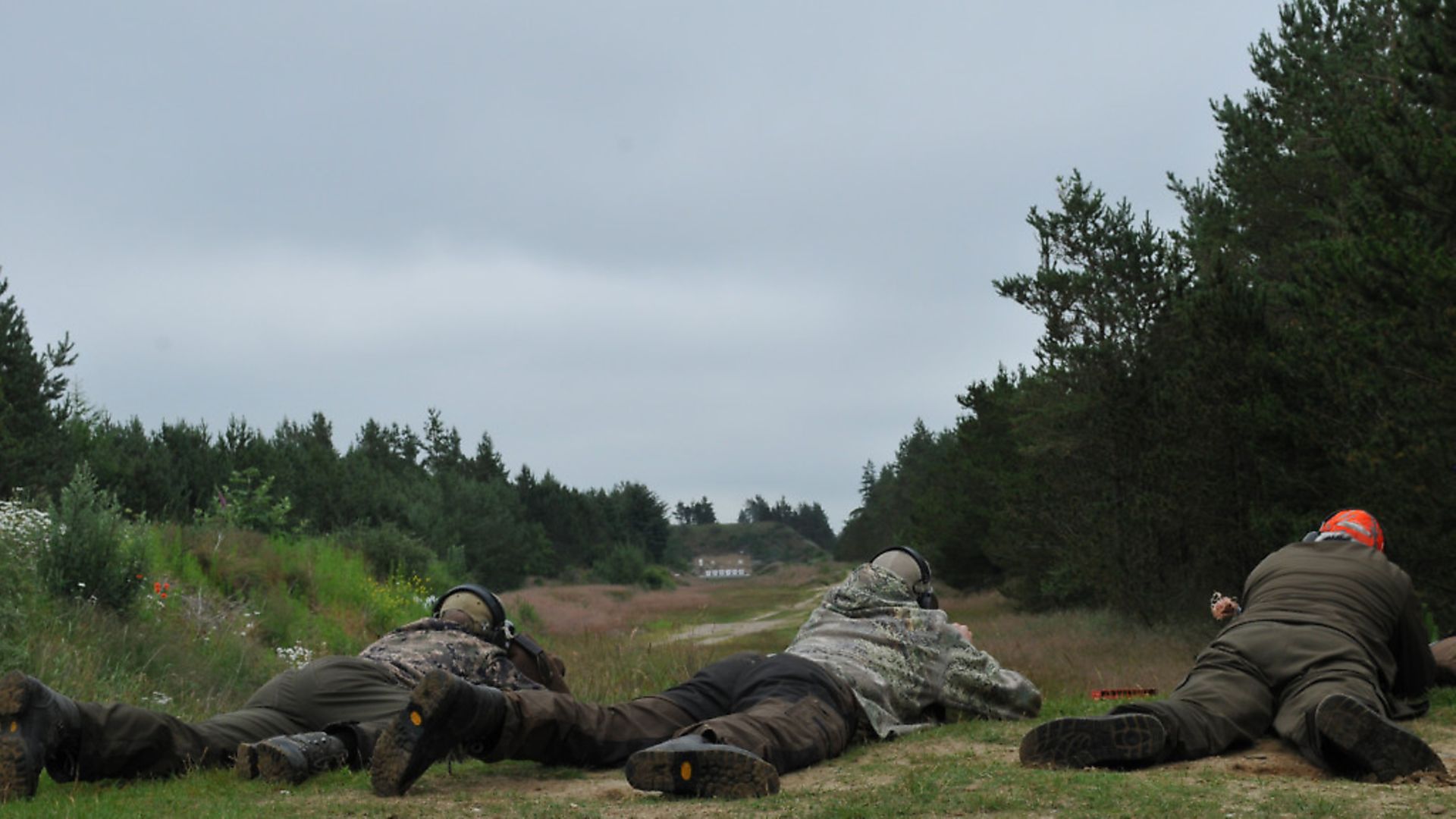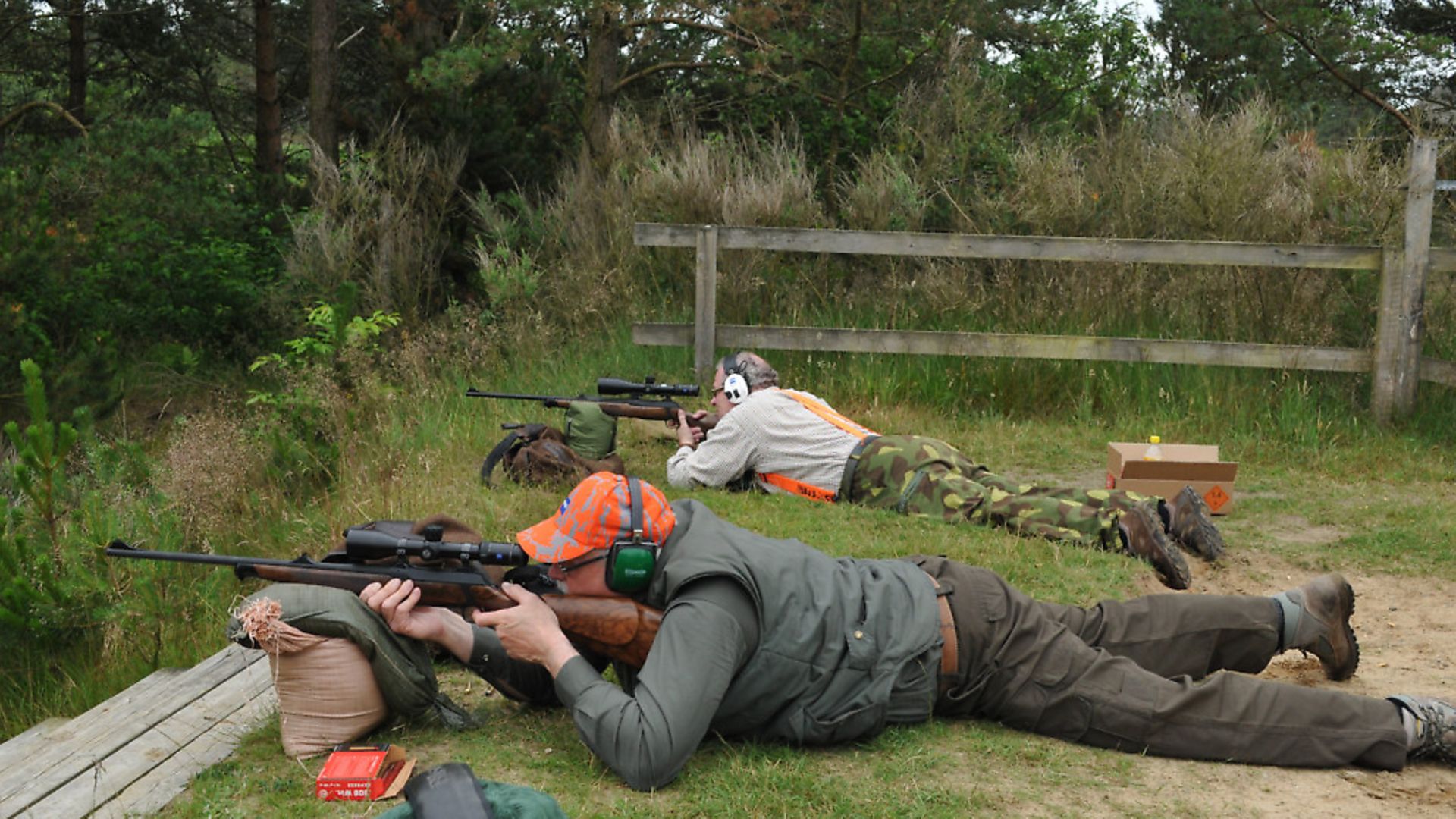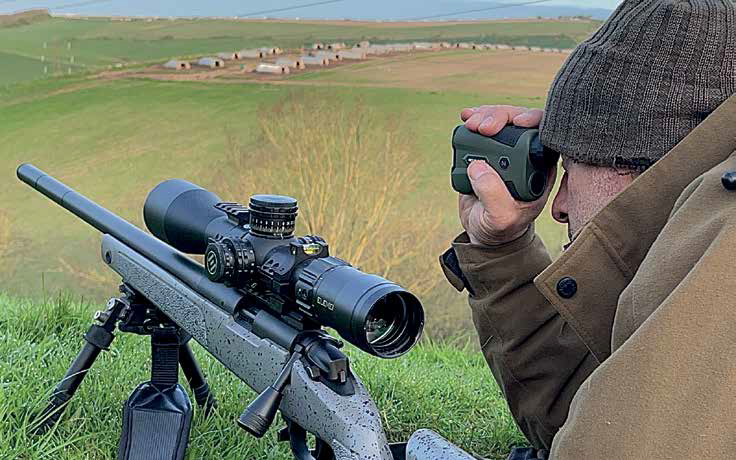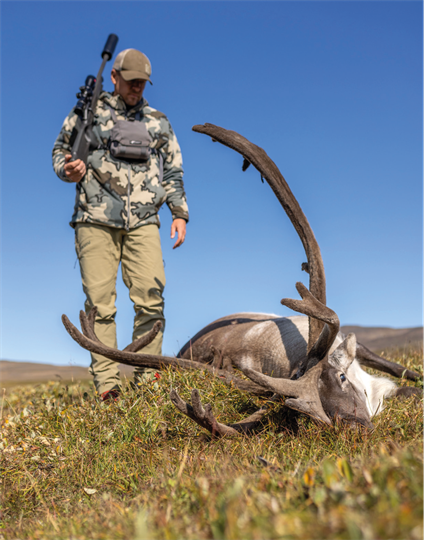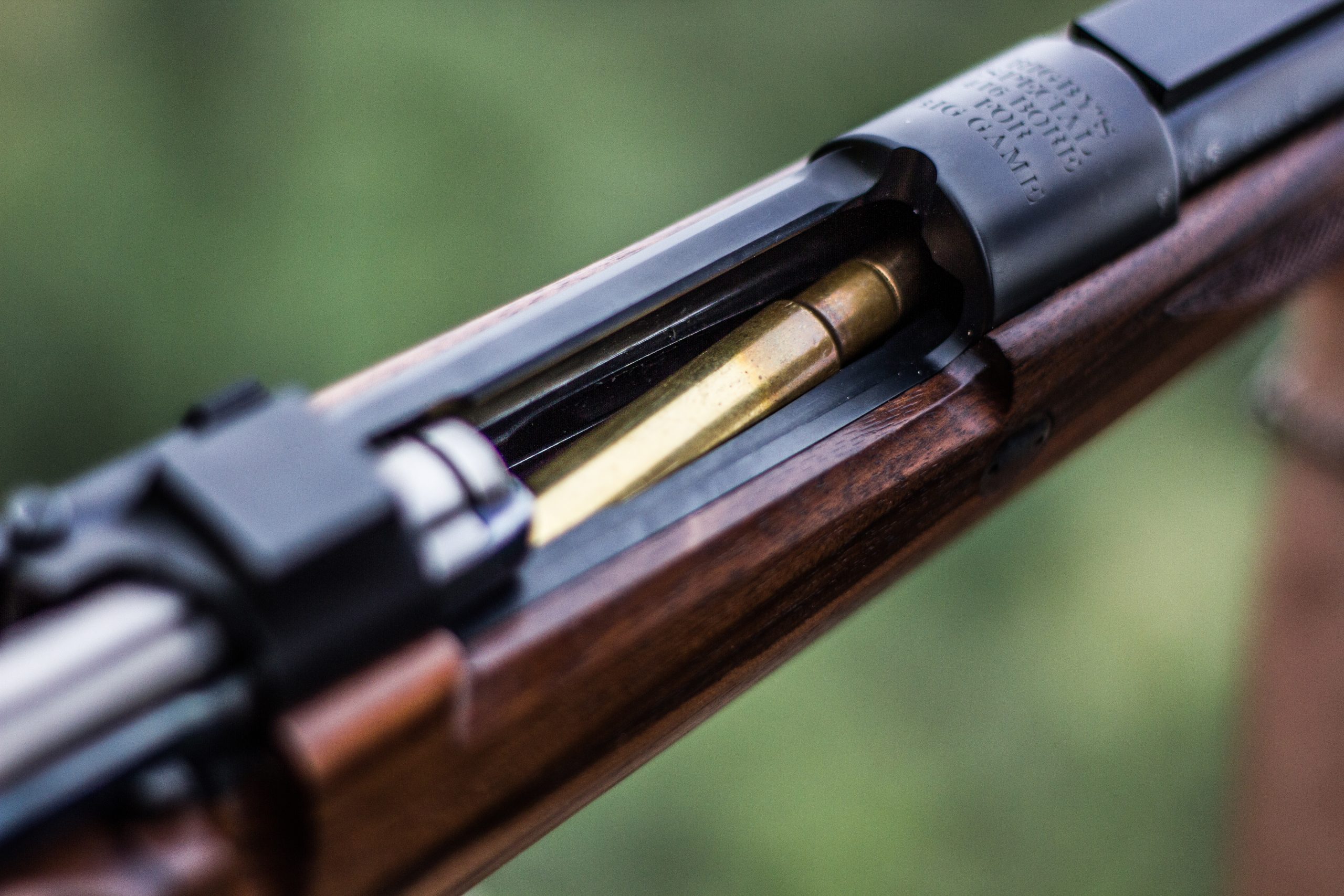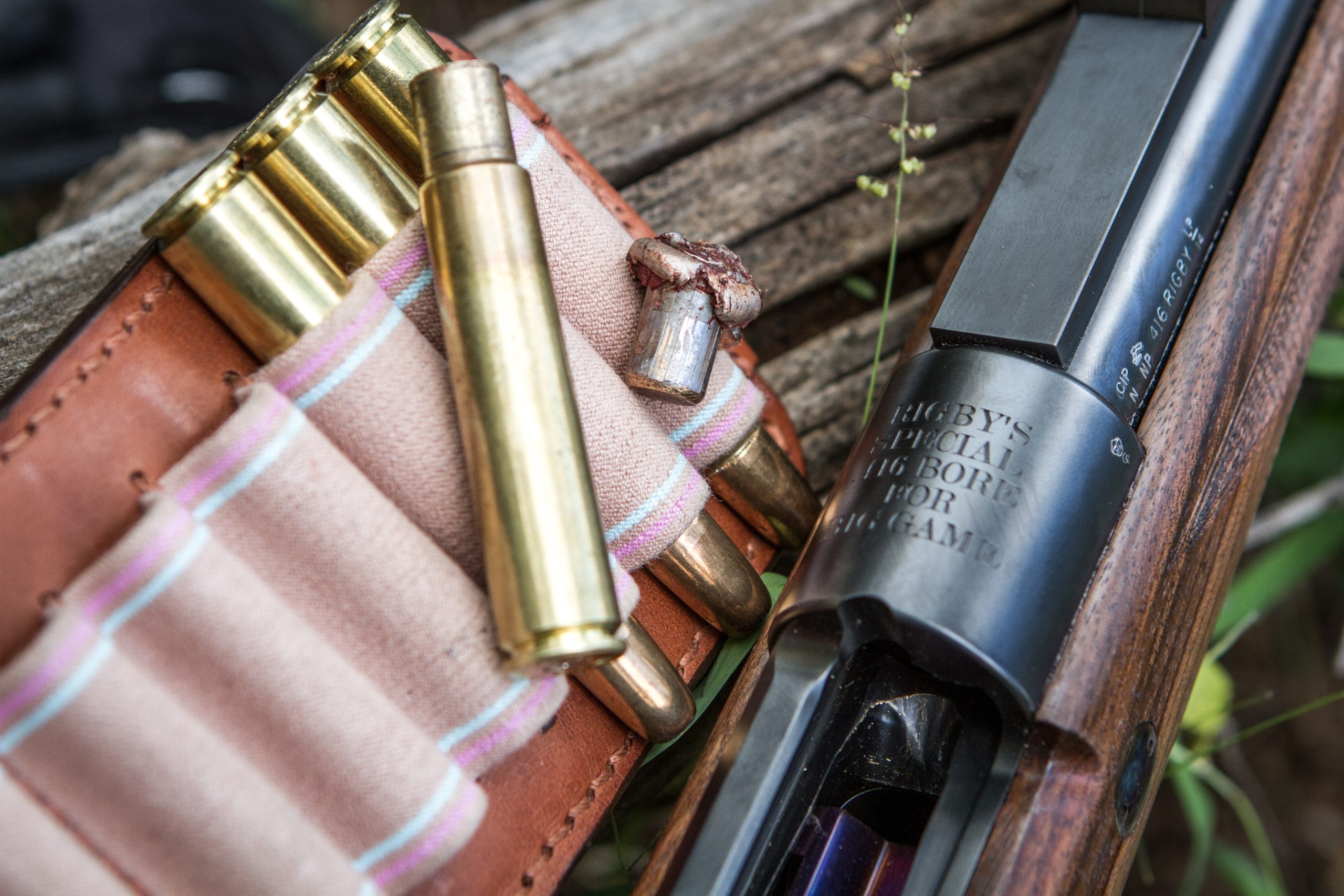The difference between ‘hunting’ and ‘shooting’ (don’t be a ‘wildlife sniper’!)
Would you like to appear on our site? We offer sponsored articles and advertising to put you in front of our readers. Find out more.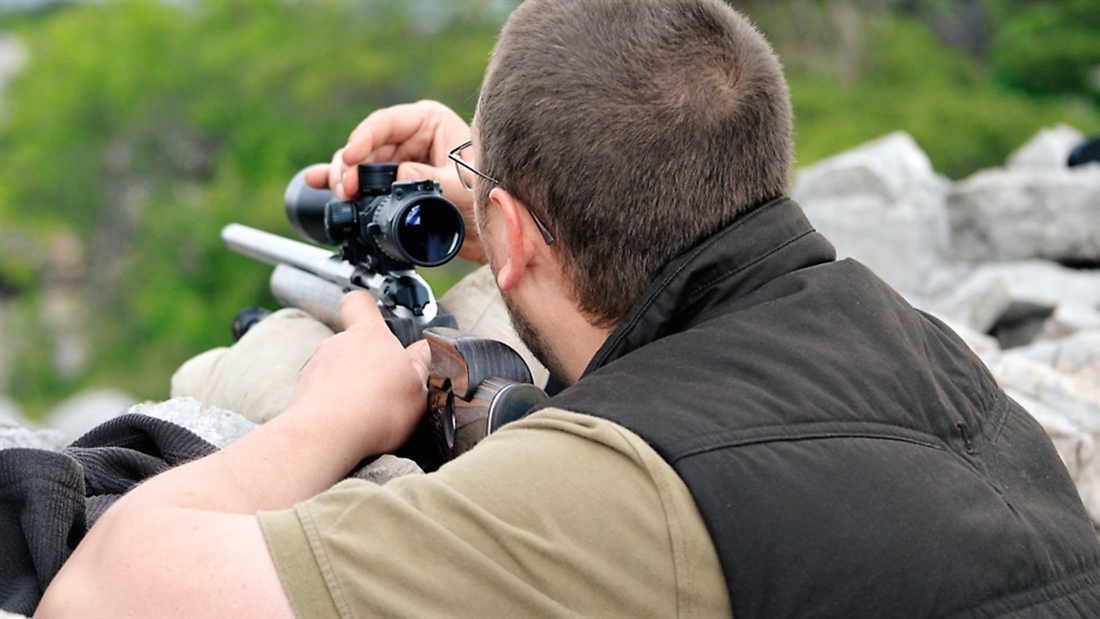
Andrew Venables clarifies the difference between ‘shooting’ and ‘hunting’, and discusses the worrying trend for long-range ‘wildlife sniping’
I recently read an excellent article from The Wall Street Journal, which I found on Facebook. The article was titled ‘Hunting’s newest controversy: Snipers’.
Shooting sports generally get a pretty rough ride in the media, which seems ever hungry for sensational headlines and seldom lets the truth get in the way of a good story, so how did this reputable newspaper handle the subject? Actually, very well; it was a thought-provoking article which explored the facts. The writer did not judge, give way to emotion, or show bias.
Wildlife snipers
Many of those who read the article would have had little or no knowledge of hunting, ethics, firearms, sighting systems or wildlife, and thus will have been enlightened by it. They will likely have been left unsettled and unhappy with those who would snipe at wildlife. I have a good knowledge of these subjects and realised, again, that I cannot and will not defend ‘snipers’ in the hunting field. This is because I cannot possibly defend using wildlife as targets.
Let’s define these two principles, courtesy of the Cambridge English Dictionary… A target is: an object aimed and fired at during shooting practice. To hunt is: to seek out and kill or capture (game or wild animals) for food, sport or profit.
I am committed to humane, ethical, sustainable, traditional hunting, which I can and always will defend, believing it to be the main driver to maintain wildlife in wild places. If we are seen to be shooting at wildlife merely to see if we can hit it, film it and brag about it, then we will rapidly become an indefensible lost cause.
Reading the article left me even more concerned about the ever-growing presence of technology in shooting sports and the market pressure on hunters to embrace this aspect of shooting. The Wall Street Journal focused on new developments in electronic, computer-controlled targeting systems created for military use being applied to hunting. They made the point that untrained, inexperienced ‘wannabe hunters’ were using these in lieu of fieldcraft and the traditional apprenticeship into hunting. I think of it as buying alleged solutions instead of getting trained.
Why train for long range?
Some of you reading this might be thinking, why is a guy who trains people to shoot at long range questioning long-range hunting? Excellent question. The answer is, because I train people to shoot rifles at targets in all the relevant ways, including long range out to 1,600m and further. I recommend that people hunt game to ranges at which they are confident of a first-round kill, and then have the capacity to shoot at longer ranges to solve problems caused by poor shot placement and the unexpected.
There is no place in shooting sports or the English language for the oxymoronic phrase ‘long-range hunting’. You hunt to get close enough to be certain of your shot. You shoot targets like steel plates, rocks, plastic cartons full of water and clay pigeons to learn, play, have fun and to challenge yourself and your mates. Well, I do.
The sport is in the hunt, not the shot. I repeat, the sport is in the hunt, not the shot. The purpose of the shot is to end the hunt, not to start it.
If your sport is in rangefinding, wind judging, entering data into ballistic solutions and seeing if you can hit things at long range then please, don’t take your shooting sport hunting. Keep it on the range.
When does shooting pest species at long range become speculative target shooting on live quarry? When you squeeze the trigger wondering if you might actually hit and kill the animal? I used to do a lot of pest control for golf clubs, farms and parks. My clients were not paying my team to see if we could hit stuff ‘out there’ and blaze shots off. They paid us to deal with the problem effectively and with minimum rounds fired. So, if you were not properly confident of the shot, you would leave the rabbit or fox undisturbed until the next time round.
shooting or hunting?
The ethical and moral questions raised here suggest that our shooting community should separate and clarify our relative mission statements. We hunt to kill cleanly and certainly and the sport is in the hunt. We shoot to learn, improve and test our abilities and the sport is in the shooting.
Interestingly, I am at my most effective as a hunter if I spend a lot of time training and shooting at targets with my hunting rifle. The best shots will go hungry if they cannot (or will not) hunt close enough to kill with certainty. The best hunters may go hungry if they cannot make the shot when they are reasonably close to their quarry. Both skills need to be equally promoted if we and our sports are to be defensible and sustainable.
I love to take my Steel Core Cyclone .308 tactical rifle target shooting. Its Schmidt & Bender PM2 3-20×50 scope coupled with my rangefinders, Kestrel Horus and match ammunition make shooting steel plates at 200–1,000m massive fun. Whatever you shoot with, this is a sport in its own right. Personally, I don’t hunt with target or tactical rifles.
Equally and very differently, taking my Blaser R8 6.5×55 fitted with the Swarovski 1.7-10×42 to the hills or woods means I can hunt, get into position, and know two things: firstly, that if I am within perhaps 50-200m and have set myself up well, the results are mostly certain; secondly, that if things go wrong, the ballistic turret and wind judgement can save the day. I practise on targets with this rifle to 600m.
I helped make a video about a 1,000m shoot using a Mauser M12 Impact 20” .308 with a Minox ZP 3-15×50. This was not to promote long-range hunting. It was to highlight the fact that a hunting-weight rifle can be used for recreational target shooting better than a heavy target rifle can be used for hunting. When I hunt I use guile to get close enough to be certain, and draw confidence from the additional solutions I have, to be used with discretion if needed.
The fact that I practise shooting targets at much longer ranges than I am prepared to shoot unwounded animals at helps in many ways:
* It boosts my confidence in my ability to make shots at half or a quarter of the range on game;
* It makes me appreciate all the factors which militate against first-round, perfect shots at longer ranges;
* The ability to engage with speed and efficiency at longer ranges means that when things do go wrong, as they will, I have plenty in reserve to sort the mess out;
* I become totally familiar with the rifle, ammunition and kit, which builds mindset, muscle memory and overall ability.
The kit mentioned here is my personal choice. I also sometimes choose to carry old rifles with open sights because it makes me really hunt. Target shooting is all about the shot; hunting is all about the hunt, ended by the shot.
Your choice of kit is up to you – just make sure you use it lots and enjoy it. Whatever we use, we must remember to use it wisely and sustainably. Don’t let your next shot be used as ammunition by those who would hunt us to extinction.
Related articles
AN ICELANDIC SAGA
A relentless search across Iceland’s volcanic landscapes takes Simon K Barr to the ultimate prize – a mature bull reindeer and an unforgettable hunting experience
By Time Well Spent
Get the latest news delivered direct to your door
Subscribe to Rifle Shooter
Elevate your shooting experience with a subscription to Rifle Shooter magazine, the UK’s premier publication for dedicated rifle enthusiasts.
Whether you’re a seasoned shot or new to the sport, Rifle Shooter delivers expert insights, in-depth gear reviews and invaluable techniques to enhance your skills. Each bi-monthly issue brings you the latest in deer stalking, foxing, long-range shooting, and international hunting adventures, all crafted by leading experts from Britain and around the world.
By subscribing, you’ll not only save on the retail price but also gain exclusive access to £2 million Public Liability Insurance, covering recreational and professional use of shotguns, rifles, and airguns.
Don’t miss out on the opportunity to join a community of passionate shooters and stay at the forefront of rifle technology and technique.



